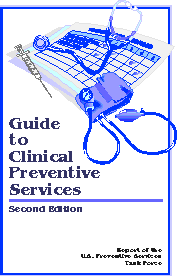|
Mammography |
 Mammography |
Mammography is most often used as a screening technique for breast cancer. Breast examinations detect most large cancers, but will miss some, particular the very early cancers that are too small to feel. Mammograms are good at detecting some of these early cancers, but will miss others. This means that breast exams and mammograms are complementary, each detecting problems the other might miss. Mammography looks for radio-opaque densities, microcalcifications, and disruption of the normal breast architecture (parenchymal asymmetry). For women without strong risk factors for breast cancer, screening mammography is often done every other year between ages 40 and 50, and then annually after age 50.
|
